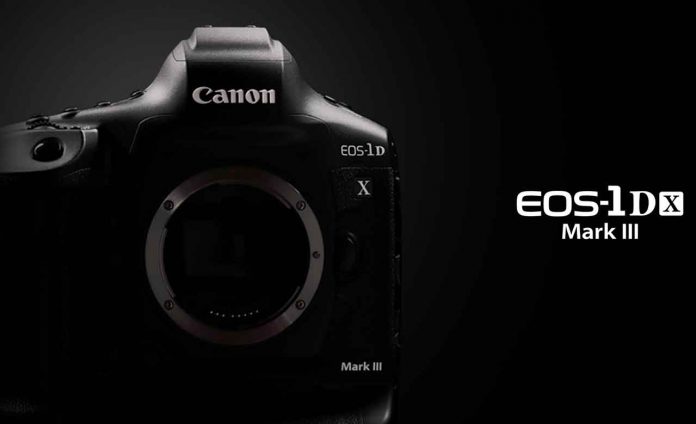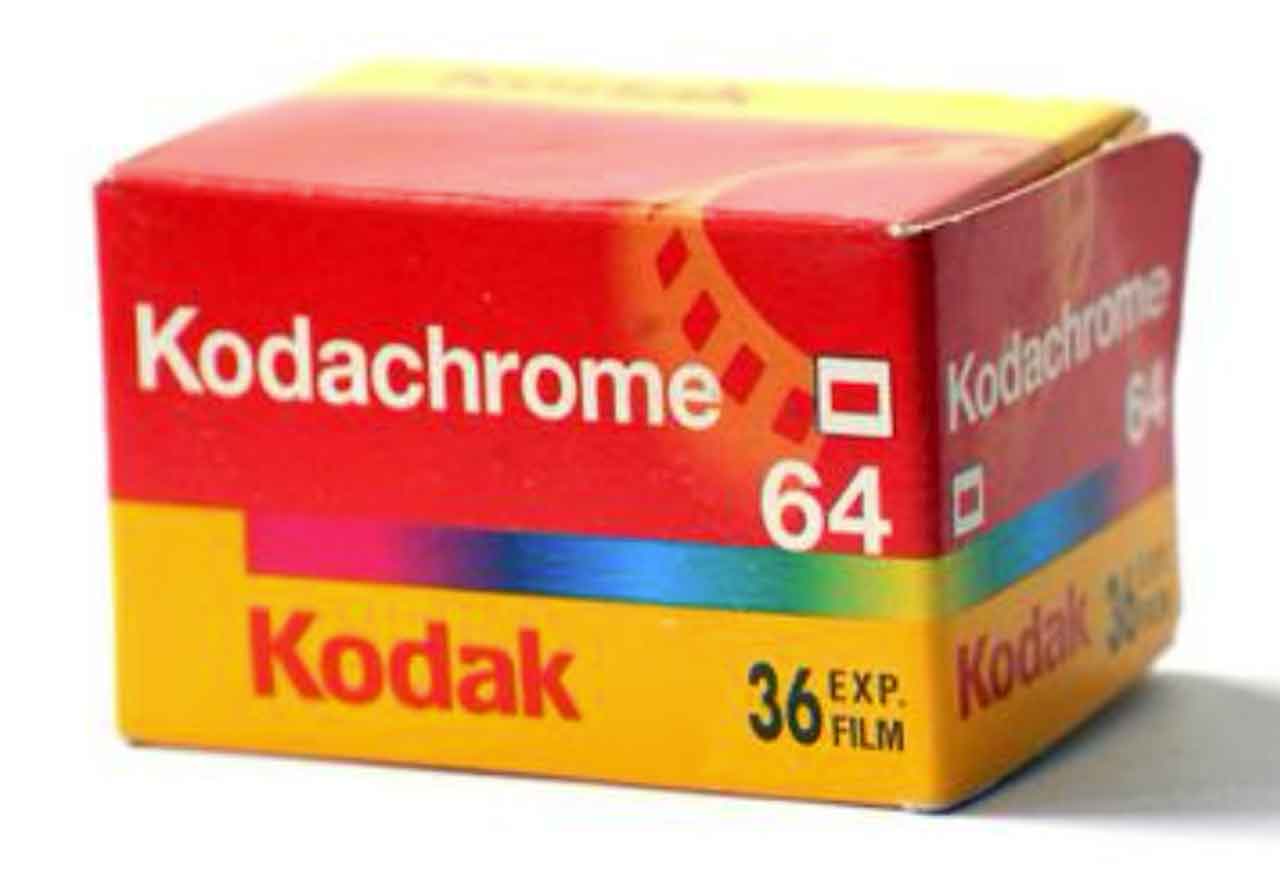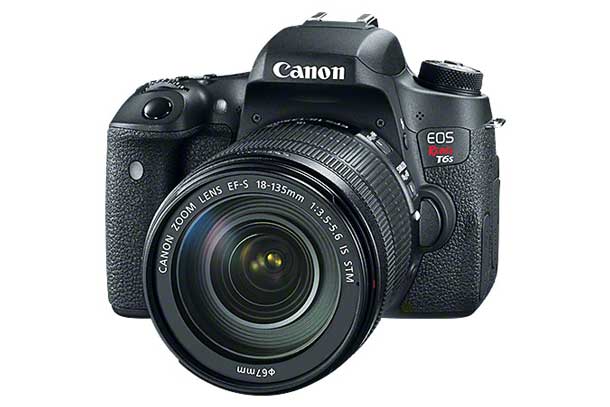
THUNDER BAY – There is a not so quiet revolution happening in photography. The old workhorse, the Digital Single Lens Reflex (DSLR) is under serious fire from new Mirrorless Digital Cameras.
Overall for many diehard photogs, myself included, there is a long time of getting really comfortable with the size, feel, and heft of the reliable old cameras to be overcome before wanting to change cameras.
In my photographic journey, my first serious camera was a Minolta SRT 201 – a fully manual camera. I then upgraded to a Minolta XD-5 with multiple options for shooting. I still remember adding the ‘motor-drive’ that allowed up to five shots per second. In those days, with film, and a 36 exposure roll, that could be fired off in seven seconds.
Then as my interests shifted, I shifted to an Olympus OM-1 a fully manual camera – it was slightly smaller, very durable, and withstood some of the weather conditions I was taking it into.
All of these film cameras meant hours in the darkroom, to process black and white film.
I got away from photography for a while, and then by the time I got back into it again, the film camera was less and less the medium as digital photography had taken the lead.
If you are old enough to remember there was a similar quiet revolution that happened when the shift from film to digital cameras happened. Looking back, that was a battle that made sense for digital cameras to win.
The advancement in technology has made for better and faster imaging. The quality is still there in most applications.

As a budding photographer in the late 1970s, spending at the time about $10 for a roll of Kodak Kodachrome with 36 exposures meant a morning of carefully planning the shots, taking the images, and then putting the finished film canister in the pre-paid envelope and patiently waiting for the post office to deliver the completed slides.
Then it meant studying the slides to decide which – if any – of the images deserved to be enlarged on Cibachrome.
Now, with choices of up to 256 gigs on a high-speed card, it is far easier to shoot lots of pictures. In fact, some of the new mirrorless cameras will shoot up to 11 frames (or more) per second and can do that in bursts of up to fifty shots.
This quiet revolution is speeding up as mirrorless cameras are gaining ground on the traditional go-to DSLR.
Sony has taken the lead over the traditional arguably big guns in photography, Nikon, and Canon. If you ever want to see an argument start tell a Canon camera user that Nikon is better or vice-versa. I digress.
There is another evolving revolution happening in photography. The improved technology in smartphone cameras has many wondering why they need a separate camera at all. Trust me, if you are serious about your images an actual camera still makes a lot of sense.
The technology shift is also making many photographers look at the overall cost of making the shift.
Carrying around a heavy DSLR seems to make less sense when there are lighter and just as good options available. In my view, size also matters. Lugging around the gear needed for photography and videography gets heavy after a while.
One of the exciting options is the Olympus micro thirds system of cameras and lenses. These mirrorless cameras are lighter and very dependable. The quality is honestly amazing. These are quieter, lighter, and very dependable and also shoot really great video.
The move onto Youtube and video has shifted the paradigm massively. From 1080 video to 4k, and now Canon offering 8k and with Blackmagic offering 12k video options, the quality of video has jumped almost faster than most computers can edit and process the feed.
Lenses – A Videographer and Photographer’s Eye on the World
Lenses are one of the biggest obstacles for many photographers and videographers in making the brand shift.
Canon Canada says, “The time has come and the wave of momentous advancements in the world of the EOS R full-frame mirrorless camera systems, as the company has announced the introduction of the RF 15-35mm F2.8 L IS USM and RF 24-70mm F2.8 L IS USM lenses.
With their large, bright F2.8 aperture and zoom range that covers a wide range of shooting scenes with image stabilization (IS) as well as Nano USM, these lenses are sure to become workhorse lenses for professional and advanced amateur photographers. With a deeply rooted heritage in optics, the expansion of Canon’s innovative RF lens lineup for EOS R users is sure to propel the mirrorless market forward.
Free Firmware Updates
One of the benefits of modern digital cameras are in the firmware updates which companies make available.
What About Your Smartphone?
It can increasingly be argued that smartphone cameras are replacing the need to carry a “real camera”.
That might be the case for many, but for serious photographers, there is no comparison.





